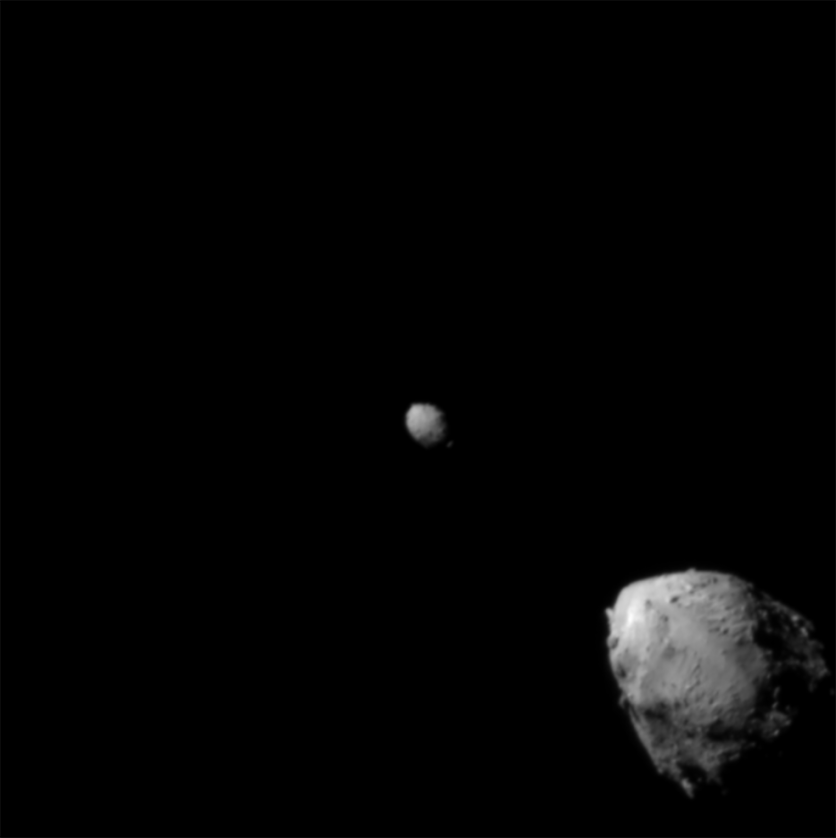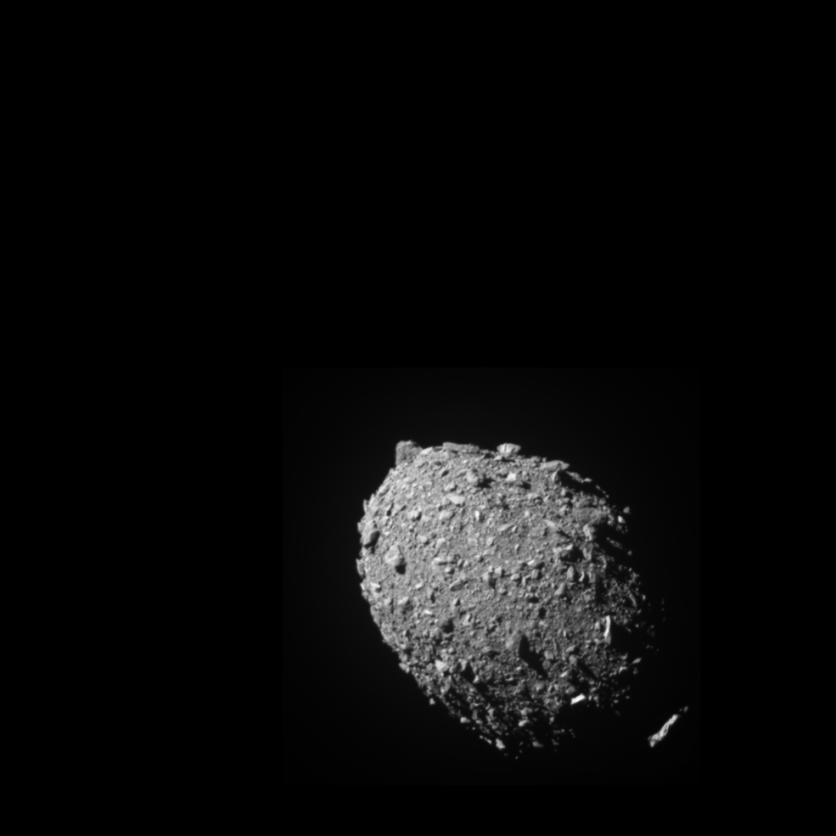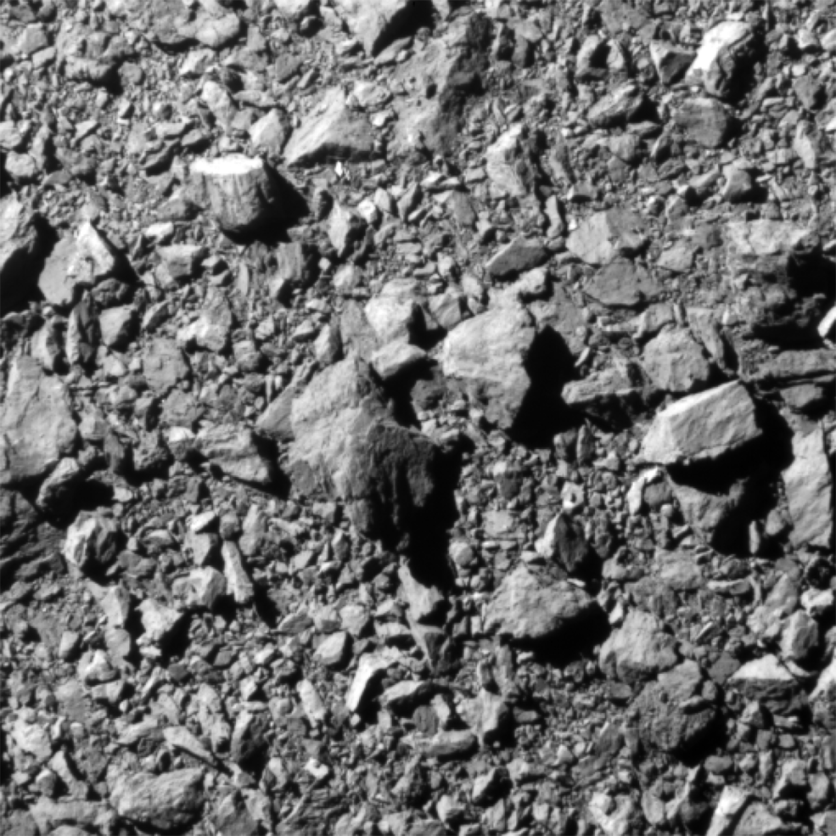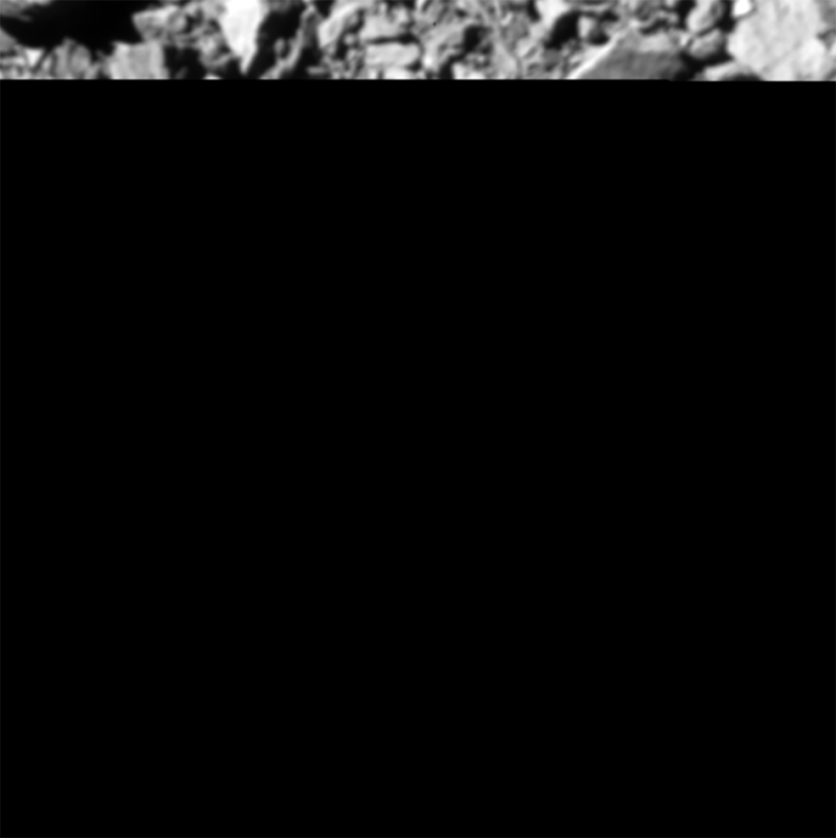NASA's highly anticipated planetary defense test was a heavy-hitting success!
The Double Asteroid Redirection Test (DART) successfully impacted an asteroid from 7 million miles away to change its orbit and finish a historic test of humanity's capacity to stop a celestial object from destroying life on Earth.
The DART impactor was able to smash its target, the space rock Dimorphos, around 7:14 pm Eastern Time (2314 GMT).
NASA released a video depicting the approaching point of view from the spacecraft's Draco camera towards Dimorphos, and the space agency reported that it was an impact success.
As the spacecraft approached Dimorphos, it became clear that it was a direct collision, and the mission's success in its test was already established.
Let's take a look at the last images captured by DART before smashing into the asteroid.
DART's Final Images
Dimorphos is a 530-foot (160-meter) asteroid that is nearly the same size as an Egyptian pyramid. It also orbits its half-mile-long larger brother Didymos. The "moonlet," which had never been seen before, first appeared as a speck of light around one hour before the collision.
The asteroid's egg-like shape and rough, boulder-dotted surface eventually came into full vision in the final five minutes as DART sped toward it at around 14,500 miles (23,500 kilometers) per hour.


The team behind the NASA mission cheered as the screen stopped at a final image, indicating that the signal had been lost and the impact had occurred.
In the upcoming days and weeks, a precise orbital period should be available from ground telescopes, which can detect changes in the patterns of light coming from the asteroid system even if they cannot directly observe it, according to ScienceAlert.


Read also : NASA's DART Mission May Deform a Mini-Moon
Replay Movie
As it got closer to the asteroid, the DART spacecraft beamed these pictures from its DRACO camera back to Earth. Except for the last six shots, which are shown at the same speed as the spacecraft returned them.
Didymos and its moonlet Dimorphos can be seen at the start of the movie. Dimorphos fills the entire frame in the end, and the last image shows a wide section of the asteroid that is 51 feet (16 meters) across.
The impact of DART occurred during the final image's transmission to Earth, leaving only a portion of the final image visible, according to NASA.
You can watch the replay movie below:
Related Article : NASA's James Webb and Hubble Will Keep An Eye on DART Mission's Asteroid Impact With Dimorphos
This article is owned by Tech Times
Written by Joaquin Victor Tacla
ⓒ 2025 TECHTIMES.com All rights reserved. Do not reproduce without permission.




